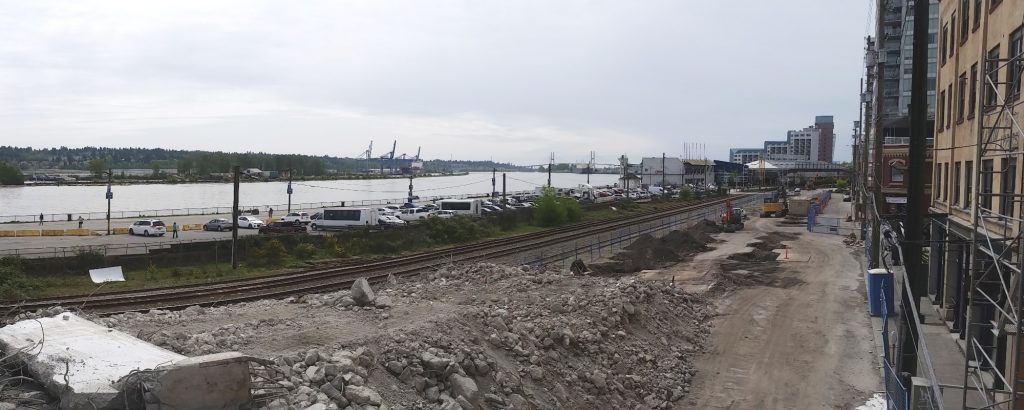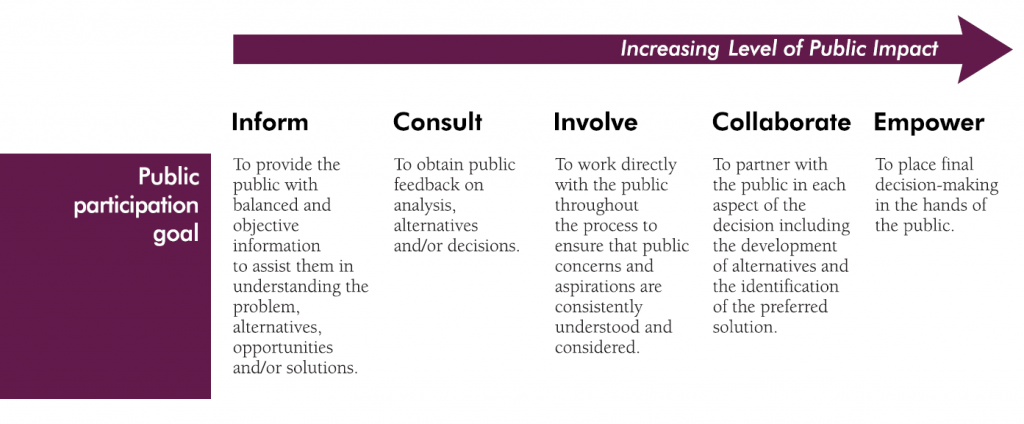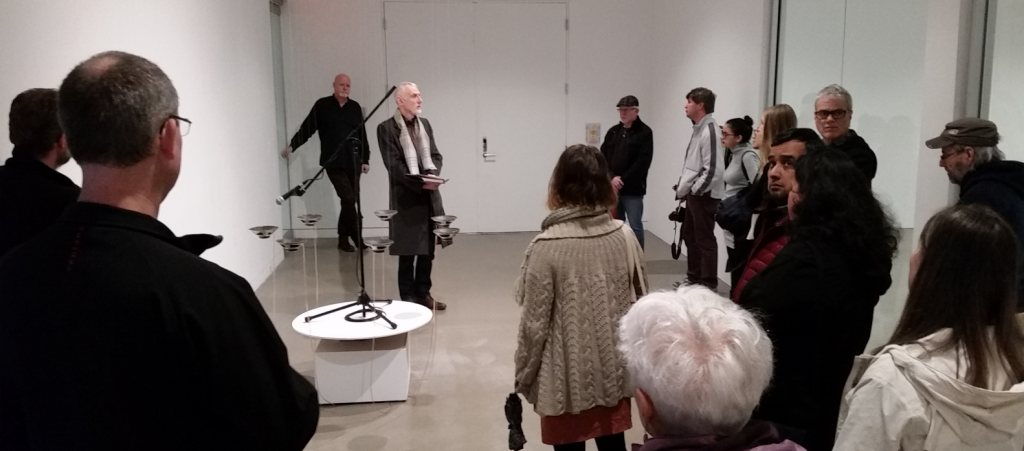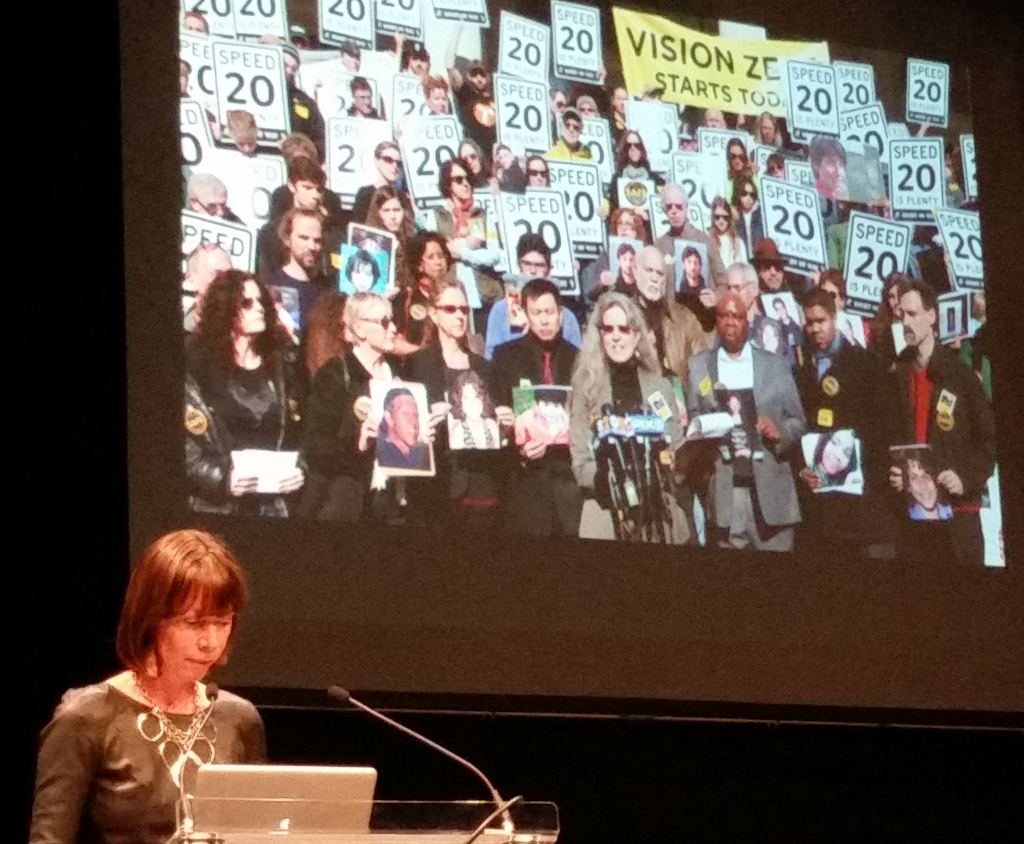I didn’t want to write this blog post, for a few reasons.
First of all, I hoped that we would be building excitement right now for a bike race in Uptown a month from today, but that is not going to happen. Secondly, I had hoped that the process through which we got here was respectful and transparent enough that I would not have to engage in after-the-fact record straightening, because my doing so will be perceived by some in the community as my being unnecessarily confrontational, accusatory, or “political”. I hope I can demonstrate that is not my intention, as apportioning blame is not my interest, improving the process is.
My disappointment that the race is not going forward in 2016 has been shadowed by my disappointment that withdrawal of support for the road closure is being characterized as an arbitrary and capricious decision by City Hall. The quote
…the City of New Westminster, for unspecified reasons, has unilaterally cancelled the Hyack Grand Prix…”
does not fairly reflect my experience, and I have to address it.
For context, I was pretty excited about this race, and even attended a couple of organizational meetings to see if there were any potential hiccups I could help smooth out at City Hall, and so I could be more in the know in case Council had any questions or concerns. I didn’t have time to join the organizing committee, but hoped there was a way I could (with my limited free time) help out. I was actually looking forward to spending May 28th volunteering at a corner with my FR Fuggitivi friends and enjoying the race.
I should avoid speaking for the City, staff, the rest of Council or the Festivals Committee (I don’t serve on that Committee), but every impression I got from Council and Staff is that they were enthusiastic about this event, that there was good potential ROI for the City, and that there was no reason it should not happen. I never heard anyone at 511 Royal Ave speak against the idea.
It did become clear in early March, however, that some of the groundwork had not been laid to get the race going. Nothing was critical yet, but there were a collection of small issues that were not being addressed in a timely manner, giving staff reasons to be concerned about the organizing committee’s capacity to get them done in time. Most of them looked like details that were a little behind but were not yet on the “critical path”.
There were some negotiations on the course layout and safety issues, where I (frankly) was on the side of the organizers in negotiating with the City, but that was a discussion I felt was going to work out fine when CyclingBC folks were able to provide their professional guidance. There were issues around asphalt that were worked out, etc.
However, the sticking point became the road closures and impacts on the local neighbourhood. Closing several blocks of roads in the middle of the City on a Saturday has the potential to impact residents and businesses in unanticipated ways. Between the parade and the bike race, these closures were stretching to 8+ hours. If you ran a service business that had limited access to its front door on your busiest day of the week, you might be concerned (alternately, if you ran a pub or restaurant with a thousand people outside of your door all day, you might be exited!). If you had no access to the driveway of your house for 8 hours on a Saturday, you may equally be concerned. God forbid if you had a concrete pour on your construction site or a backyard wedding planned that day.
No problem, the City does this type of thing all the time. We have street festivals, we have parades, we do utility work. There are protocols for communicating with residents and businesses, assuring organizers have approval from them (or not) and that those approvals are crystal clear about what the type and duration of the disruption will be. It is clear with the organizations running these events that this is their responsibility, and although the City will provide guidance, the leg-work to get this work done to the satisfaction of the City is up to the organizer. It is simply a resource issue for a small municipality.
There will (almost) always be a small number of people who oppose the closure for whatever reason, valid or not. As the event is something the City and Council supports, staff are ready to deal with that small number. If there are a small number of residents or businesses that oppose it, we will talk to them, try to figure out how to accommodate their needs, make adjustments, or even (at times) tell them to get over it, because this is coming, and your neighbours all want it, so heads-up!
In early March, it was becoming clear that this consultation with the neighbourhood was going slowly, partly because of resource limitations of the organizer, partly because of some communication problems between the organizer and the City, and partly because of some disagreements/negotiations around expectations. This aspect of the organization was becoming the critical path, because if public notice was not completed to a level that made the City comfortable, then the City was not going to dump a bunch of resources into the following steps, knowing that the event may not go on. Again, limited resources require careful governance of those resources. Timing of this consent is also critical because the City needed time to manage those few residents or businesses that may not agree, to be fair to those people.
Through March and into early April, there was a significant back and forth between staff and the organizers, it was clear that the organizers felt they were doing an adequate job in this outreach, and staff were not as confident. Deadlines, first soft then firm, were set and passed. When the Festivals Committee reviewed the level of preparedness for the event, this critical gap was identified, and the Committee recommended to Council that we consider cancelling the event. Staff felt that this work had dragged on too long, and there was limited time to complete a long list of critical next steps.
The week after that recommendation was challenging for me, for staff, and for the organizers. I personally contacted the organizers in order to better understand the situation form their point of view. I had other concerns about the event (management of timing, parking arrangements for racers, a few course layout concerns, etc.) but I honestly thought they were going to get over this gap with liberal application of shoe leather, elbow grease, and salesmanship. I had enough experience with smaller bike races in my earlier days that I know how things can come together at crunch time.
I met with staff and looked at the public outreach data they were using to make their assessment, and I agreed with them. I was sent data from the organizers, and was challenged to rectify the two datasets and change my opinion about staff’s assessment. I arranged for a meeting with the organizers and representatives of the Festivals Committee to sit down and discuss how the data the organizers provided did not fulfill staff’s expectations about public contacts. following this, there was yet another meeting the between staff and the organizers to further compare notes. I cannot emphasize enough that all of this took place in an effort to make the event happen. We burned a lot of staff time (and overtime), at a level we would not have done for a commercial enterprise, film company, or most other volunteer events. City staff bent over backwards trying to see the situation through the organizers’ lens, and I feel they tried earnestly to get to a place where they could responsibly recommend further support.
Councillor Harper (representing the Festivals Committee) and I took the extra time to set up and attend these meetings, to dig into the data, and to consider the options. In the end, we had to agree with staff that moving ahead in 2016 was not the responsible thing to do. It didn’t serve the City, the organizers, or CyclingBC.
At every step of the way here, we were in communication with the organizers, and the City repeatedly made clear what its expectations were. There was nothing capricious in the decision, nor should it have been surprising to the organizers. I think staff made the right call in a difficult situation, and I support them, even if it means we cannot have an event in 2016 that I was very much looking forward to.
I hope that we can try again in 2017, and through this experience we can tighten up the way we set and address the City’s expectations. It appears we need to start consultations earlier and perhaps the City needs to set firmer deadlines instead of only giving guidance. Lessons were learned through this.
I think the relationship between the City and the organizers, clearly fractious in the past, was in this case business-like and respectful up until the end, and I hope this disappointment does not erode the progress made. That is part of the reason I was reluctant to write this blog post, as I don’t want fuel thrown on a spark. However I equally cannot stand silent while the motives and professionalism of the City’s staff, Committee, and Council are questioned in the social media. I think there are things the City could have done differently, but there are definitely things that the organizers could have done better, and should have done better. I own a bit of this, as I was probably not as proactive as a self-assigned liaison as I could have been, especially earlier in the process. However, both Hyack and the City were pushing the envelope a bit, getting into organizing an event they had little experience with, and I think it was valuable learning experience. I hope it pays off with a great event in 2017.
That will require a continued business-like relationship and respectful communications on both sides.











